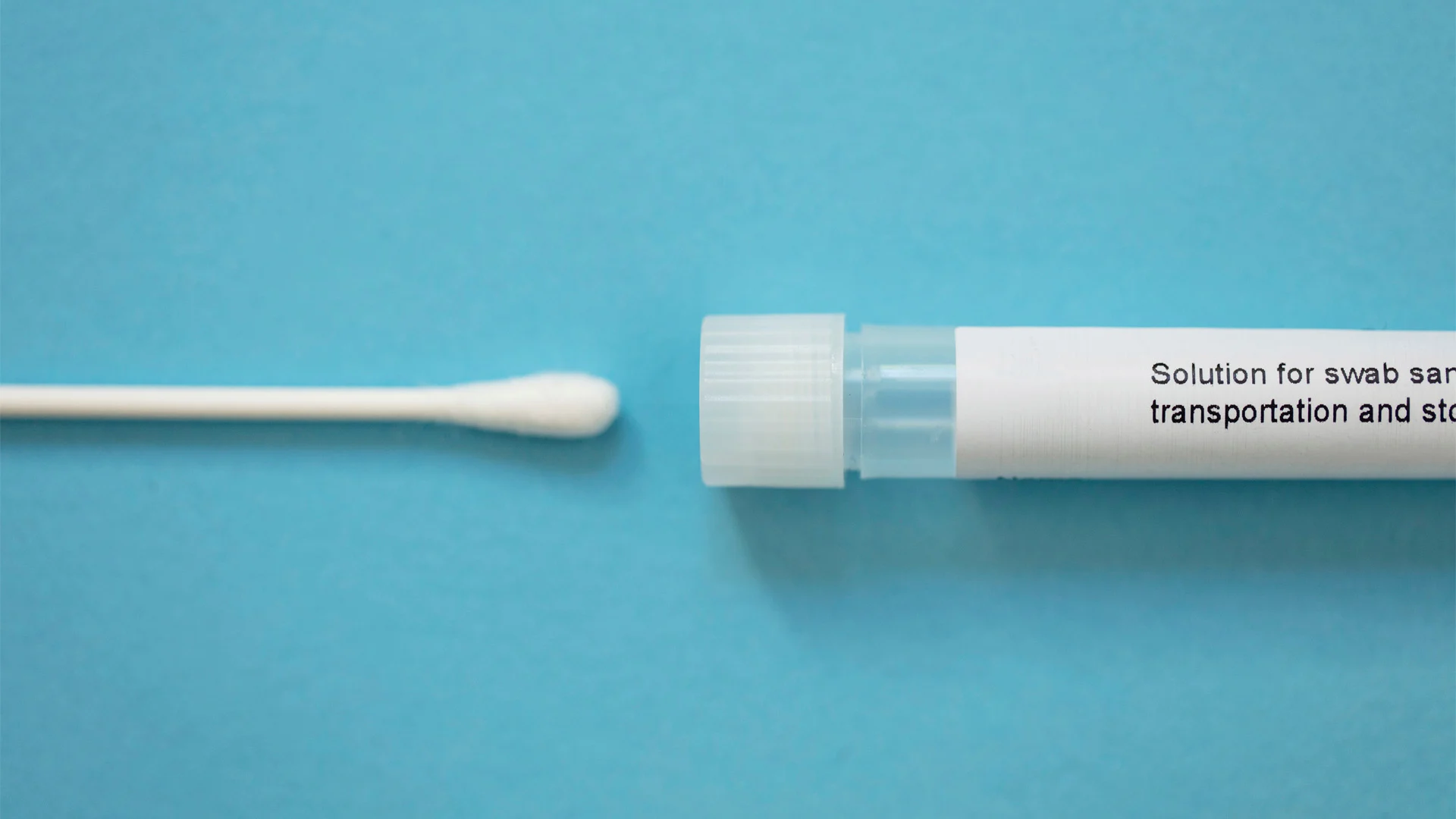March 6, 2024
Article
Why is That Man Swabbing the Subway Pole?

Overview
One day each June, swabbers in more than 60 cities around the world take to subways, busses, airports, hospitals, and other public spaces to sample their environments and contribute data to MetaSUB, the Metagenomics and Metadesign of the Subways and Urban Biomes.
A Global Initiative is Mapping the Urban Biome
Christopher Mason, PhD, carries swabs wherever he goes, "just in case."
His interest in swabbing traces back to Mason's daughter, who licked a subway pole when she was very young. "Many children explore the world with their mouths. As a young parent at the time, I wanted to know what was exchanged," he explained. "Every time we touch a table, shake hands, or share a crowded elevator, we're constantly exchanging microbes. I wanted to know what was there.”
His curiosity launched the first annual Global City Sampling Day in 2016. One day each June, swabbers in more than 60 cities around the world take to subways, busses, airports, hospitals, and other public spaces to sample their environments and contribute data to MetaSUB, the Metagenomics and Metadesign of the Subways and Urban Biomes, that Mason co-founded.
A Professor of Physiology and Biophysics at Weill Cornell Medicine, Mason also authored The Next 500 Years. He spoke on MetaSUB during a Cure Tuesday Talk called Synthetic Biology, Space and the Next 500 Years.
MetaSUB brings together experts from many fields, including genomics, data analysis, engineering, public health and design. Onlookers wondered what Mason and his team were up to when they started swabbing samples. Since the COVID-19 pandemic, however, such sampling has become more commonplace and less questionable — even normalized.
"We're taking a microbial census of the planet, mostly in urban areas, to see what's there," Mason contended. "We're looking for new species, evidence of antibiotic resistance and changes in biochemistry. Those things help us discover a capacity for life that we may not have known before. Each year, we're continuing to build our knowledge of that capacity and what it can do."
One of the doctoral students in Mason's lab, for example, is characterizing a virus as it moves between mosquitoes, pigeons and humans, including its functional changes as it moves between species.
There has been a constant battle between the immune system and the environment. People who are generally healthy do not need to worry much, but it can be life-threatening for those who are immunocompromised.
"I used to think we're all surrounded by microbes in a kind of happy-go-lucky state. But there are some bad apples out there, especially for people with attenuated immune systems," Mason added. "I take solace in the fact that we can now see them, identify a new virus sequence, and develop vaccines quickly. That's extraordinary."








